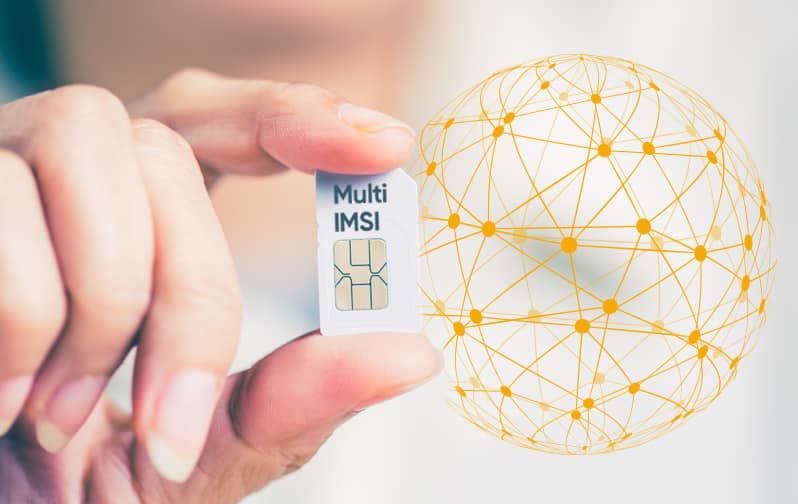If you’re looking for a quick definition of Multi-IMSI SIM cards, you’re in the right place. IMSI stands for International Mobile Subscriber Identity, which is the unique number that allows a Mobile Network Operator (MNO) to allow subscribers access to their network. But how does multi-IMSI technology work, and why is it especially relevant for IoT devices? Let’s dive in.






